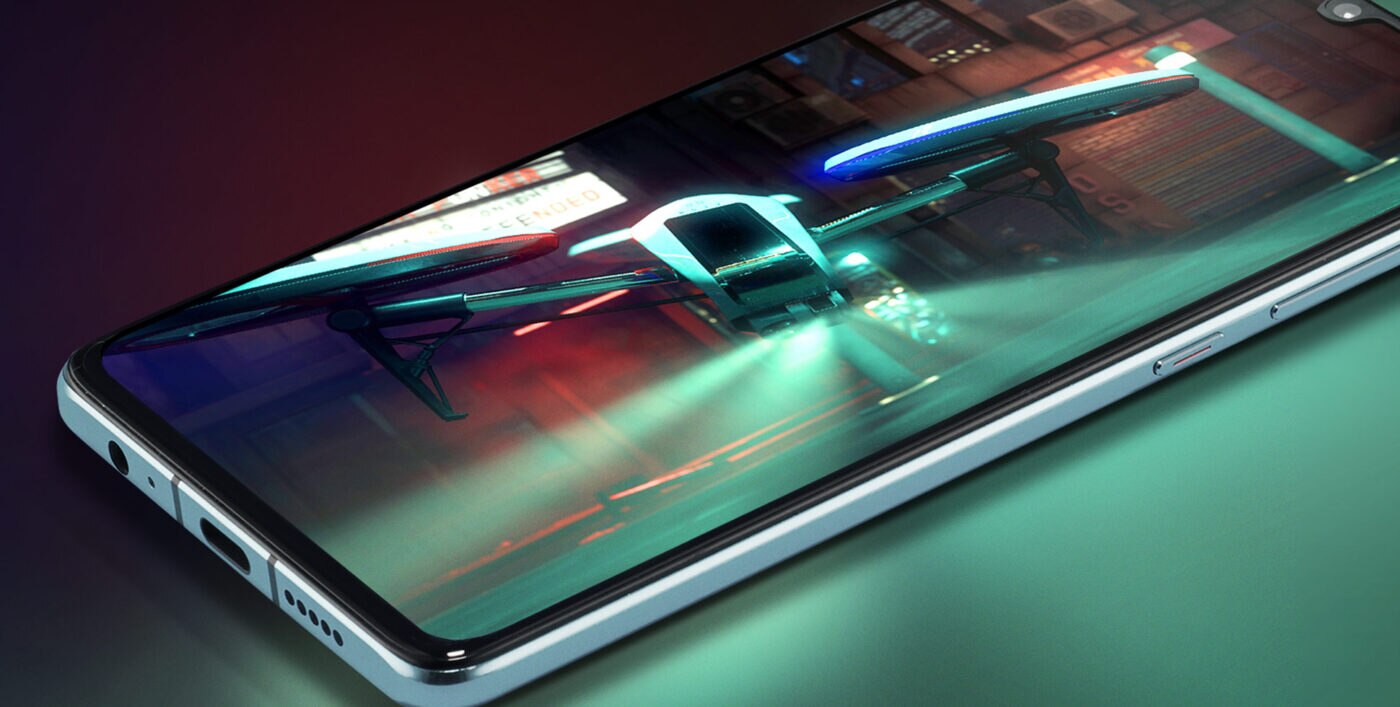But Can Android Run Cryengine? You Bet.

If you had told me back in 2007—the same year Steve Jobs unveiled the first smartphone in the form factor we recognize today—that in just over a decade we would be able to run our Cryengine video game engine on a mobile device, I don’t think I or anyone at Crytek would have believed you.
Back then, we were riding high on the success of Crysis, a first-person video game that raised the bar for graphical detail and spawned the “but can it run Crysis?” meme due to its scalability, with maximum settings pushing even the highest-end gaming PCs of the time to their absolute limits.
Pushing the limits of what’s possible with modern hardware has been a theme for much of the past 21 years since I co-founded Crytek with my brothers, and it’s a challenge we continue to rise to: Cryengine is now a cutting-edge 3D game development platform, packing an industry-leading renderer, real-time lighting with hardware- and API-agnostic ray tracing, and optimized VR support.
Just this last month we released Crysis Remastered: the same game, now refreshed to make use of all the features we’ve added to Cryengine since 2007. And of course, we couldn’t resist including a “can it run Crysis” mode for those gamers who like to see just how far they can push their hardware before it melts!

But times have changed, and the reality is that for many people the PC is no longer the center of our digital, connected world. In terms of screen time, it is eclipsed ten-fold by smartphones and tablets, as well as a growing range of standalone VR devices.
The market share of powerful mobile devices has increased dramatically in the past few years and access to high-end mobile hardware is more affordable than ever. It’s not an exclusive club anymore. Simultaneously, device screens are getting larger and processors (CPU) and graphics processors (GPU) get ever more powerful with each device refresh.
Cryengine for Android Beta
Which leads us to where Crytek is today: Cryengine for Android will be ready for Beta early next year, giving developers access to a full mobile pipeline with which to bring their vision to life. Engineered in partnership with Arm, Samsung and Google, Cryengine for Android delivers Cryengine’s advanced graphics and immersive gameplay experiences on consumer mobile devices.
For developers looking to deliver a similar experience on multiple platforms, Cryengine offers unparalleled scalability. Their code will scale across PC, console and Android powered mobile devices. Many of the visually amazing features and effects for which Cryengine is known will work straight out of the box, each with their own parameters with which to strike a balance between visual detail and smooth performance in the target device.
Of course, certain high-end features such as ray tracing require greater compute than we can expect within the limited thermal envelope of this generation of Android mobile devices. But to see this as an exercise in downscaling is kind of missing the point because mobile opens up so many new avenues for us.
Standalone VR will transport us to virtual worlds
In particular, I’m excited by the promise of standalone VR: imagine you are on a plane or a train and just by slipping on a standalone VR headset you can transport yourself to a virtual world, powered by Cryengine. The VR experience we are able to deliver on a mobile device is quite incredible: in 2007 we might have struggled to find a decent PC capable of rendering a scene in VR at even 60 frames per second (fps). Now many contemporary smartphones can maintain framerates for VR at this level.
Aside from gaming, Cryengine is already used in a range of industrial applications such as architecture and health and safety training. Mobile VR, as well as the potential of augmented reality (AR), will turbocharge these applications and open up new pathways for us to deploy Cryengine in areas such as manufacturing and mechanical engineering. And as the events industry moves towards delivering virtual experiences, I can also see a potential role for Cryengine in delivering virtual events.
For the home segment, I’m also very interested in how we can make the entertainment experience more persistent across devices: for example, playing on a PC or console and then seamlessly transitioning to your Android smartphone or VR headset and picking up from the same point.
Unparalleled scalability with Vulkan API
Cryengine owes a lot of its scalability to the Vulkan API: it’s a far more cross-platform renderer than OpenGL or Direct3D and provides access to many hardware features while remaining almost completely hardware-agnostic. It has enabled Crytek to translate our engine very efficiently between technologies.
As well as giving developers access to that engine, we’re working with Arm, Samsung and Google to create tools that enable developers to identify and deliver the best render quality for the given power and performance constraints of each Android device. We’ve found that it’s rarely as simple as comparing CPUs and GPUs between devices and deploying tools such as Android GPU inspector has been vital in enabling us to see what’s happening.
The future of graphics
With the continued performance and power efficiency improvements of mobile CPUs and GPUs, coupled with powerful cross-platform APIs and optimisation tools, Cryengine allows developers to create mobile content in a graphics fidelity almost unimaginable just a decade ago.
It’s also been great to work with Arm to brainstorm ideas and come up with solutions to some of the greater challenges. Through Arm’s engineering support, knowledge exchange and detailed feedback, we’ve overcome these challenges in order to deliver a truly immersive mobile gaming experience.
Alongside Arm, Samsung and Google, Crytek has created not just a great engine but a full mobile pipeline of tools, enabling developers to deliver better and better immersive experiences on Cryengine.
Sign up for the CryEngine Android Beta
Register your interest to take part in the CryEngine Android Mobile Beta by visiting http://www.cryengine.com/beta.
Any re-use permitted for informational and non-commercial or personal use only.













